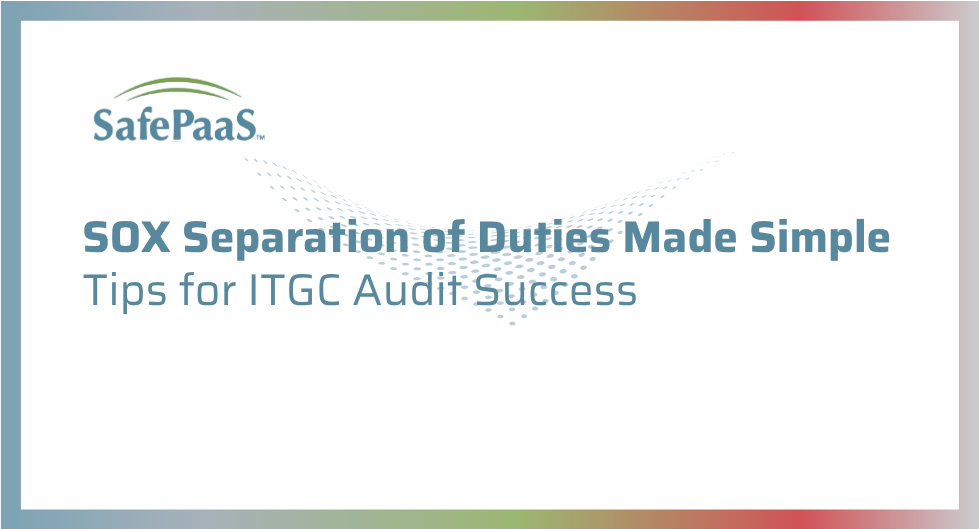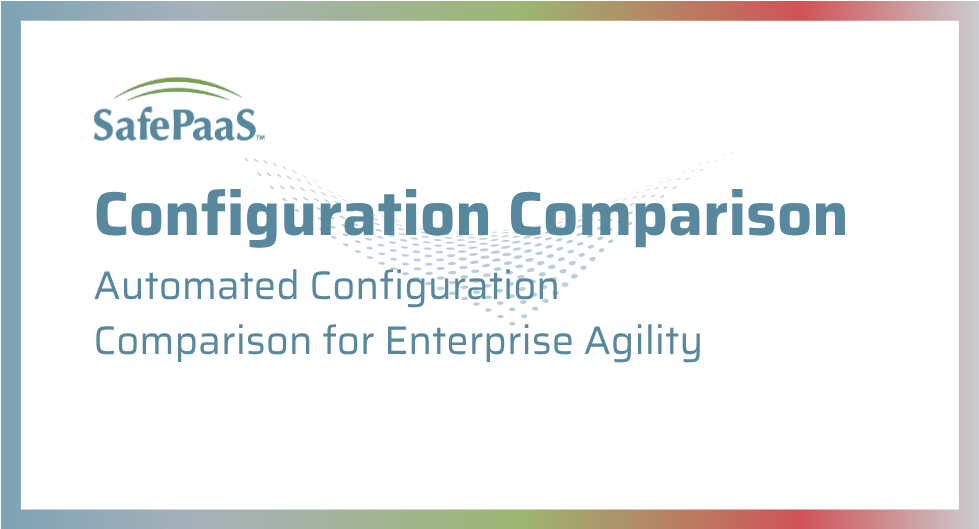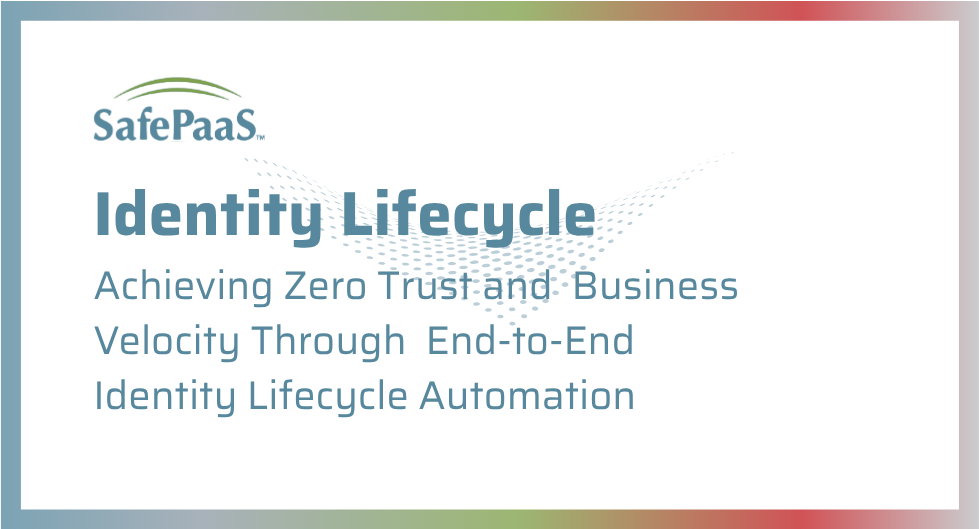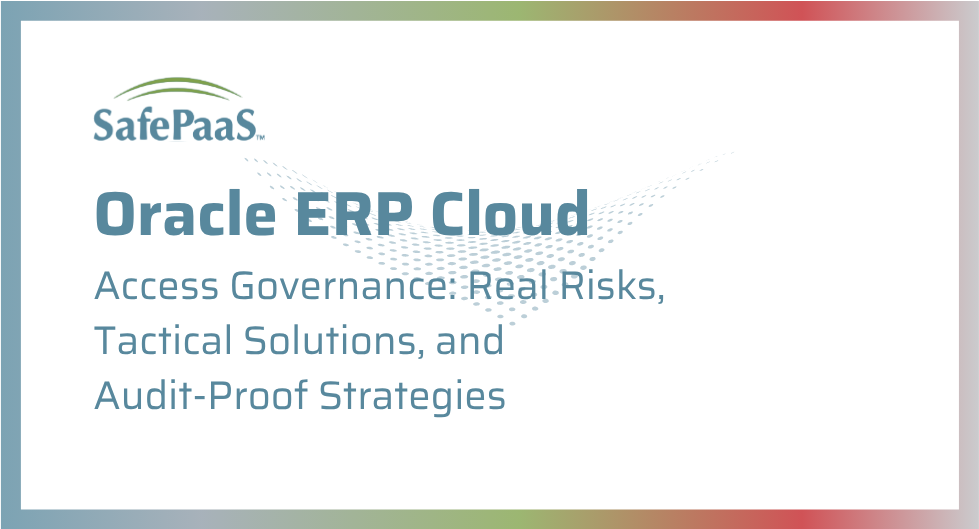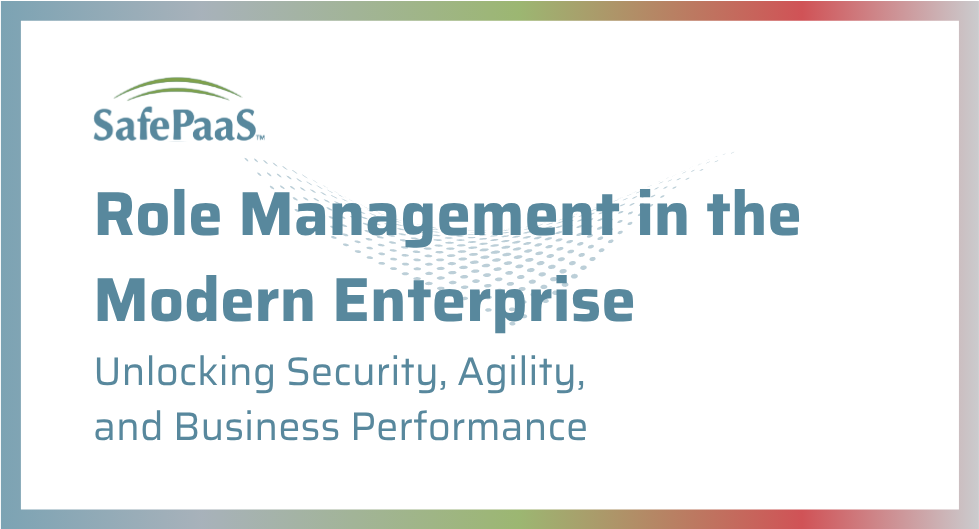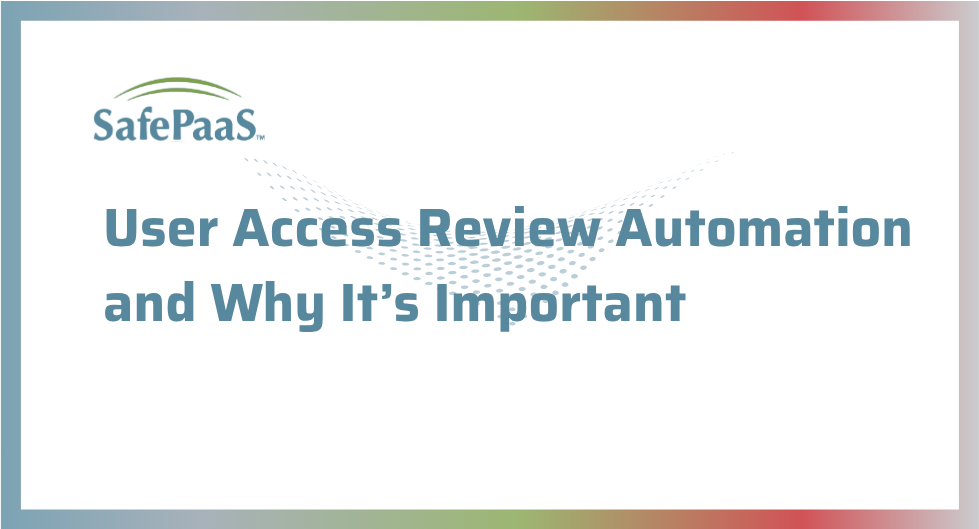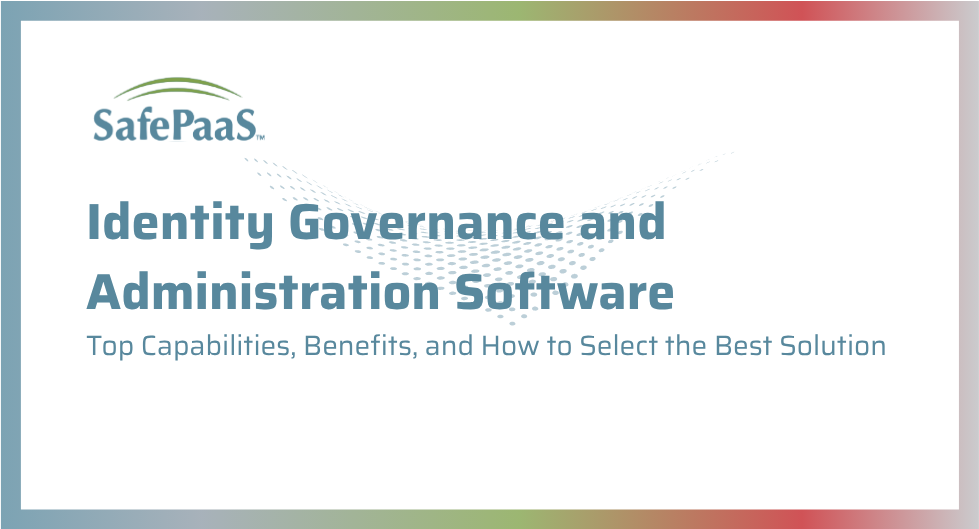Among today’s security-minded organizations, SOX separation of duties (SoD) stands as a non-negotiable foundation for risk mitigation and IT governance. In the post-digital transformation era, managing SoD is not just about compliance. It’s about preemptively defending organizational value while accelerating growth.
What is SOX Separation of Duties?
At its core, SOX separation of duties is the practice of splitting responsibilities for initiating, authorizing, and reviewing critical transactions, ensuring no single user can both perpetrate and conceal errors or fraud. In real business operations, this means dividing access to purchasing and payment approvals, separating inventory entry from reconciliation, and decoupling change requests from code deployment.
The following are examples of classic SoD controls:
- Preventing a user from both creating a vendor in ERP and approving an invoice to that vendor.
- Segregating the authority to initiate and approve funds transfer requests.
- Assigning inventory order and receipt roles to different users to limit internal theft.
- Controlling that the employee responsible for payroll data entry is separate from the payroll approver, blocking unauthorized compensation changes. SafePaaS
ITGC Audit Frameworks and Controls
Strong SoD controls deliver real results during the ITGC audit process. Audits require detailed evidence that critical systems enforce segregation between access grants, change management, data integrity, and backups.
Organizations showcase their capabilities by taking advantage of features such as:
- Access Violation Dashboards, which highlight current and historic SoD conflicts across applications.
- Self-Service Access Request and Policy Manager for managing access requests with immediate SoD checks.
- Workflow automation that generates, routes, and archives approval evidence directly for audits.
Change management is a critical ITGC domain. SafePaaS’s Change Tracker object captures modifications to sensitive system configurations, master data (for example, supplier bank accounts and customer credit limits), and application security models. Every step—from ticket initiation to review and deployment—comes with an auditable, tamper-evident log. This changes audit preparedness from laborious evidence gathering to instant dashboard export.
Implementing Effective SoD Technology
Manual spreadsheets and ad-hoc access reviews fall short in today’s dynamic, cloud-driven environments. A platform like SafePaaS allows organizations to centralize SoD rules and enforce preventative, detective, and corrective controls over application ecosystems.
- Direct import of SoD rules from legacy application access tools enables seamless policy upgrades.
- Transaction Monitors scan ERP and SaaS transaction flows for violations—even in formerly siloed environments.
- Automated rule engines prevent toxic access assignments at the point of provisioning, stopping conflicts before they reach production.
Examples include automated detection of a user requesting both the ability to create journals and approve them (a classic audit red flag), with the violation routed for immediate review and escalation to control owners.
Common Pitfalls and Risk Areas
Even the most well-resourced organizations encounter SoD blind spots. Some of the most common include:
- Role creep—where users accumulate overlapping rights due to role changes. SafePaaS’s periodic access review automation and “violation by user” summaries swiftly flag these risks before they snowball.
- Superusers/administrators—platforms need elevated access, but SafePaaS ensures all actions from such accounts are logged, monitored, and explained for audit defense.
- Shadow IT—unapproved or under-governed SaaS applications risk sidestepping SoD and ITGC controls, underscoring the value of cross-application policy integration.
Real-world SoD violations that SafePaaS exposes include situations where users who process invoices can also issue credit memos in billing systems, or where access to inventory receipts is not properly separated from inventory write-offs, creating the potential for significant loss or error.
Best Practices for IT Segregation of Duties
The best SoD strategies combine technological enforcement with ongoing business engagement. SafePaaS supports these best practices:
- Centralized mining and role design with automated SoD simulations before go-live.
- Multi-level approval hierarchies so that, for example, a high-value payment requires independent review from both finance and treasury team members.safebooks+1
- Rotational duties: periodic assignment of sensitive roles to different users, making long-term collusion all but impossible.
- Exception workflows: every violation detected is automatically assigned to a control owner, with root-cause analysis and remediation tracking built in.
- SafePaaS empowers organizations to not just document, but actively demonstrate that roles are free from toxic combinations as part of every change and onboarding event.
Automation and User Provisioning
The gold standard for SoD in the enterprise is when preventive validation occurs at the point of access request—not retroactively. SafePaaS leads here by embedding SoD checks within self-service access provisioning:
- When a user requests new permissions, SafePaaS instantly assesses the grant for SoD conflicts based on a customizable, organization-wide policy matrix.
- If a violation is found, the system halts provisioning or routes the request for independent escalation, with workflow and audit logging from start to finish.
- All results are tracked in the Incident Report for monitored controls—streamlining audit evidence presentation and ensuring nothing falls through the cracks.safepaas+1
Audit Preparation Checklist
SafePaaS simplifies ITGC audit and SoD evidence gathering:
- Real-time dashboards aggregating SoD exceptions, their status, and remediation steps.
- Change Tracker logs for all critical application configurations, ensuring that change management controls are visible, timely, and tamper-proof.
- Policy and rule libraries evidencing organizational commitment to secure, principle-driven access design.
- Historical audit trails for every access grant, revocation, and change—with integrated spreadsheet controls for handling exceptions documented outside of core ERP workflows.safepaas+2
Having this evidence available at the click of a button eliminates last-minute audit fire drills and raises stakeholder confidence.
Integrations with Existing Security Platforms
No SoD or ITGC solution stands alone. SafePaaS is designed for seamless integration with leading identity providers, privileged access management, and security event monitoring platforms using SAML and API connectors.securityboulevard+1
- Instant onboarding of applications for policy enforcement.
- Event streaming to SIEM/SOC platforms for unified risk analytics.
- Cross-system policy harmonization—for example, SoD rules in SafePaaS are enforceable across Oracle, SAP, and popular cloud environments without creating new silos.
Why a Security-First Approach Wins
Some organizations treat SoD and ITGC as checkboxes for compliance, but the real value surfaces when these disciplines are operationalized for proactive security. With SafePaaS, separation of duties and robust change management do more than prepare you for your next ITGC audit—they build resilience, prevent costly mistakes, and enable secure growth in today’s evolving digital landscape.safepaas+2
Looking for steps to operationalize SoD or ITGC controls, or want to see these controls in action across your application landscape? SafePaaS’s detailed guides on sox segregation of duties, it segregation of duties, and audit readiness can show exactly how to turn policy into risk-mitigating outcomes.
